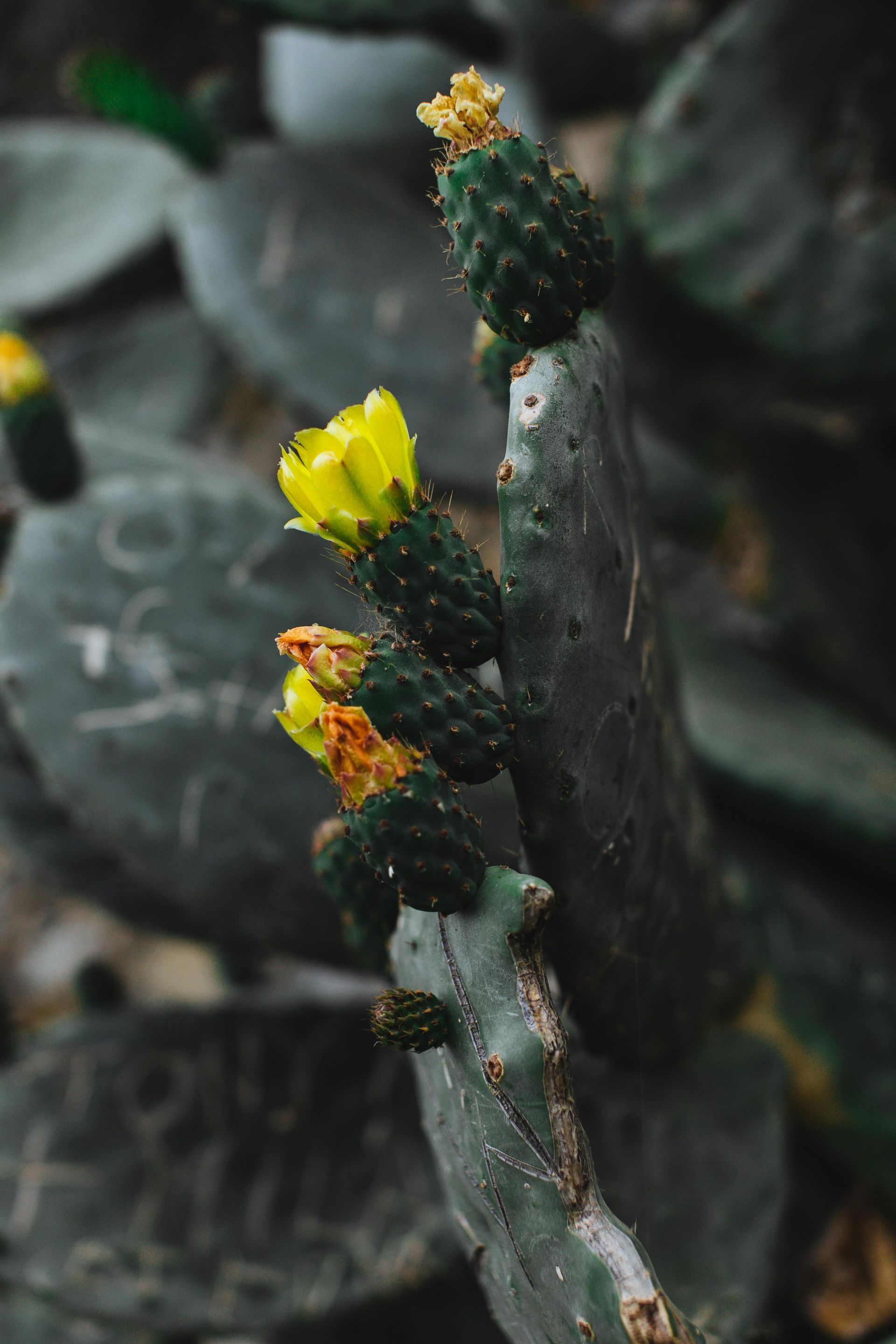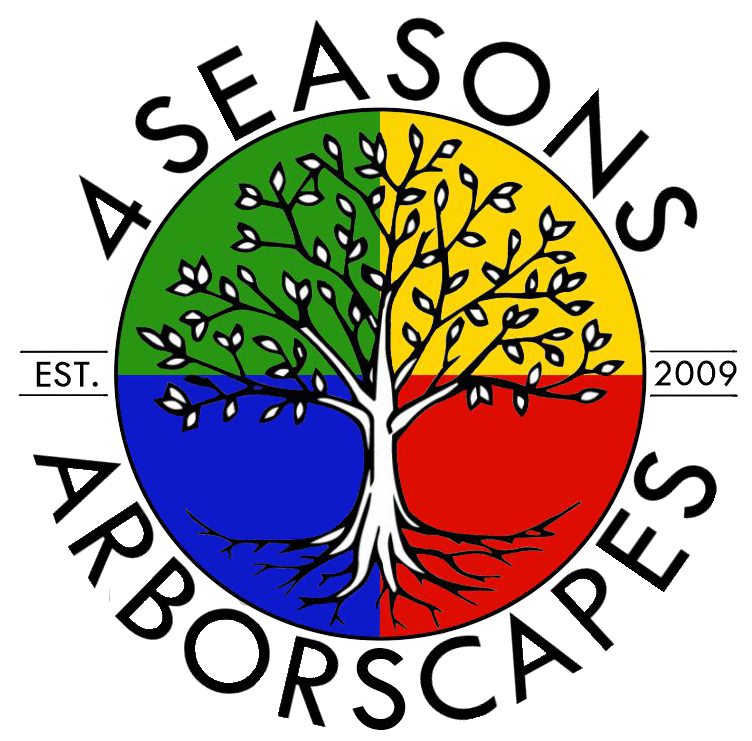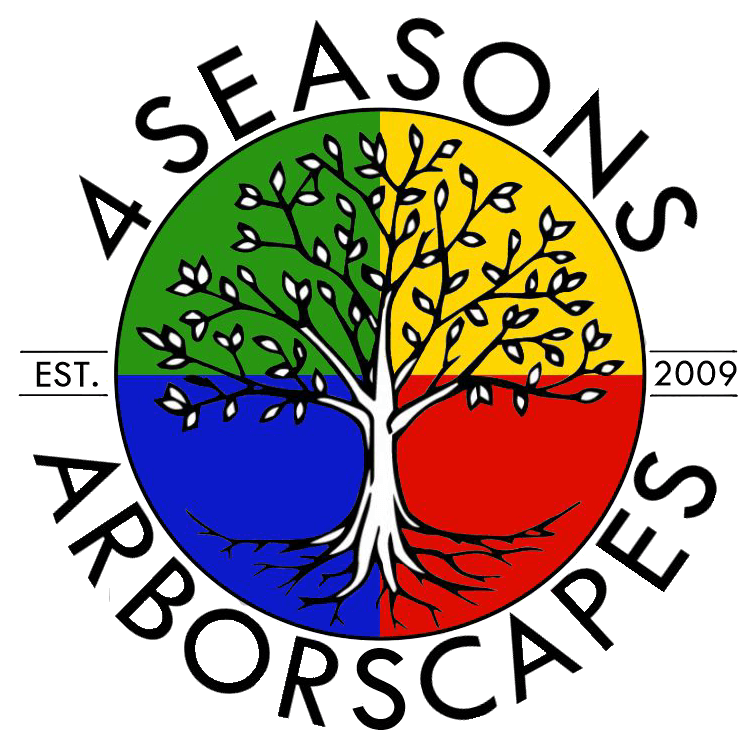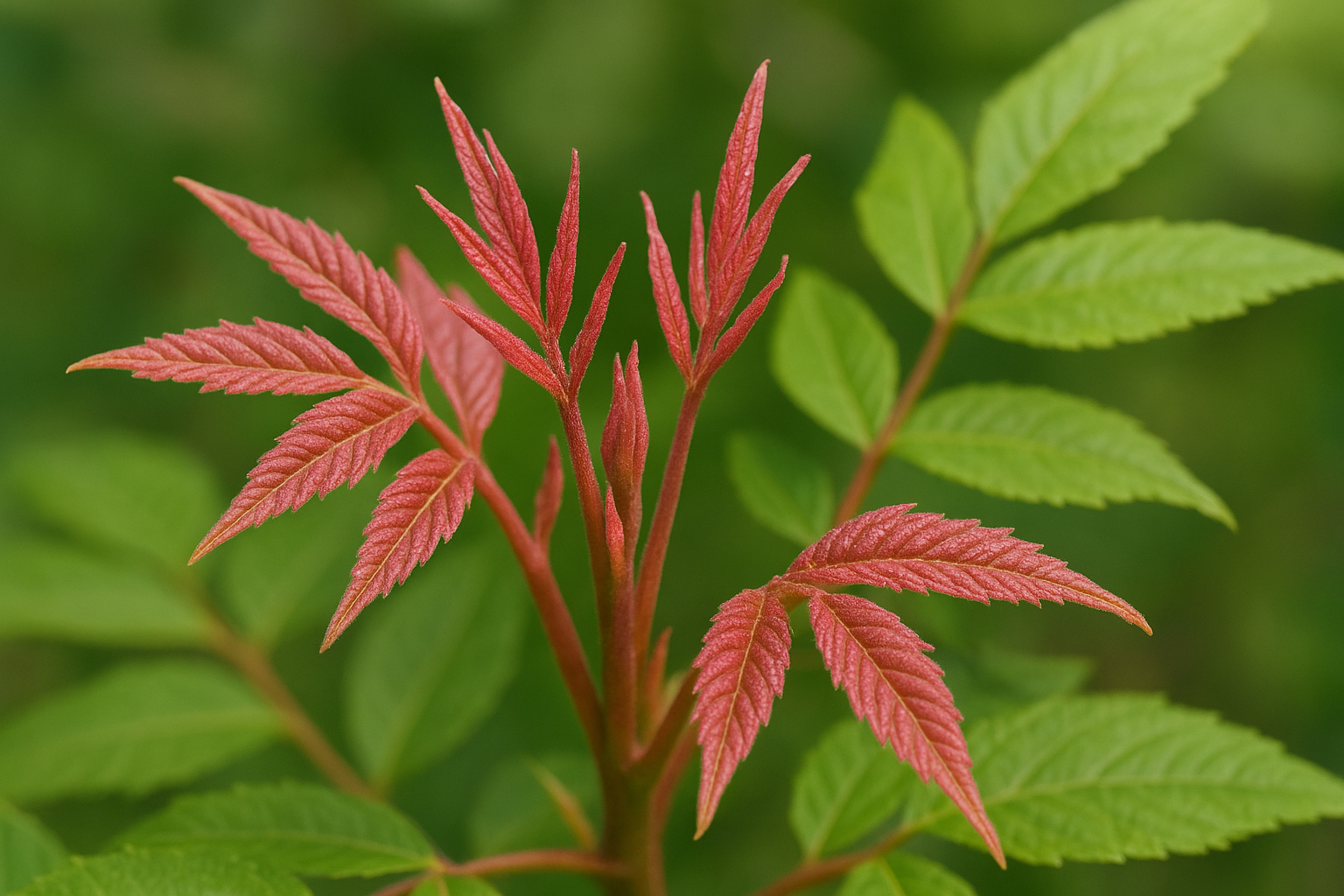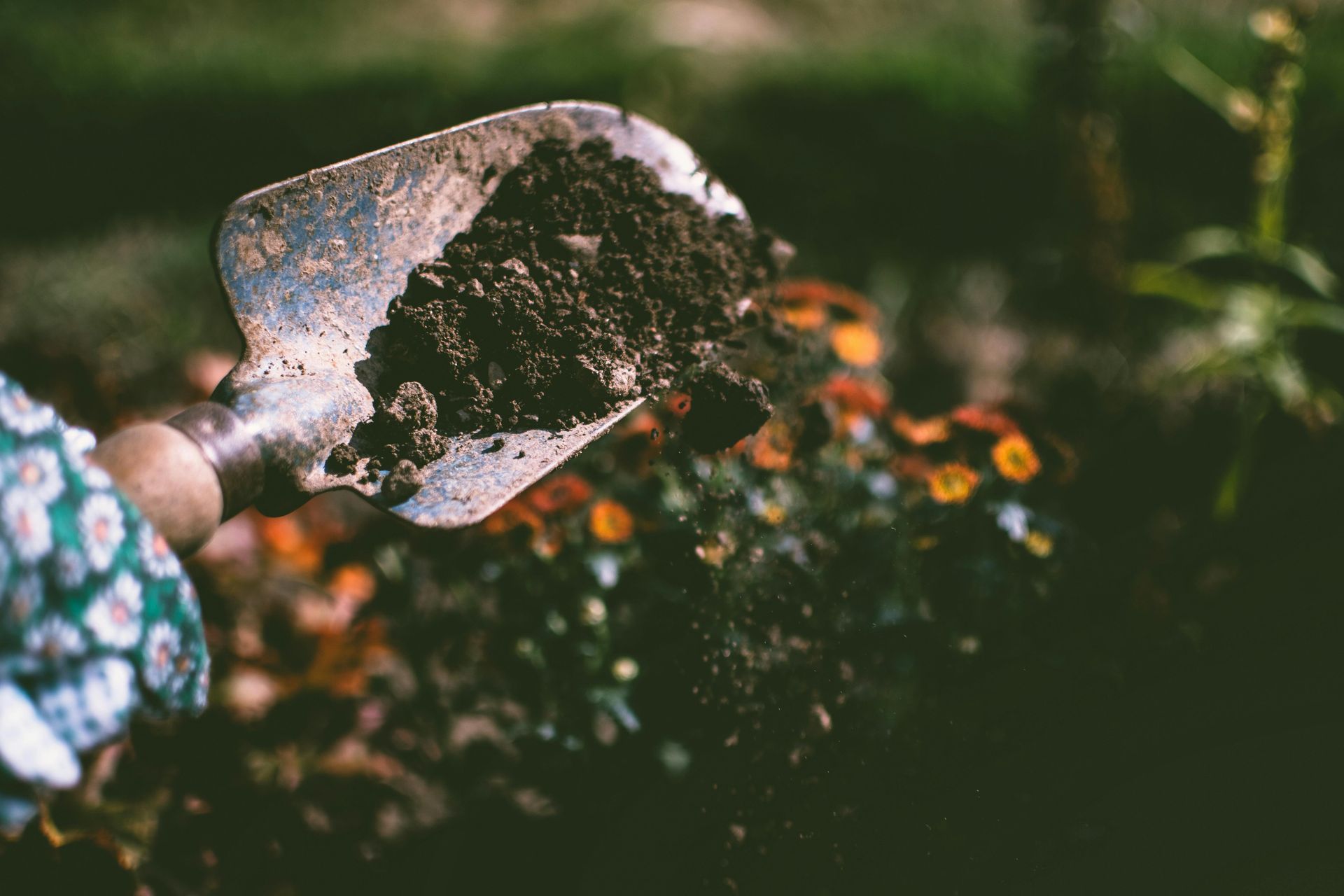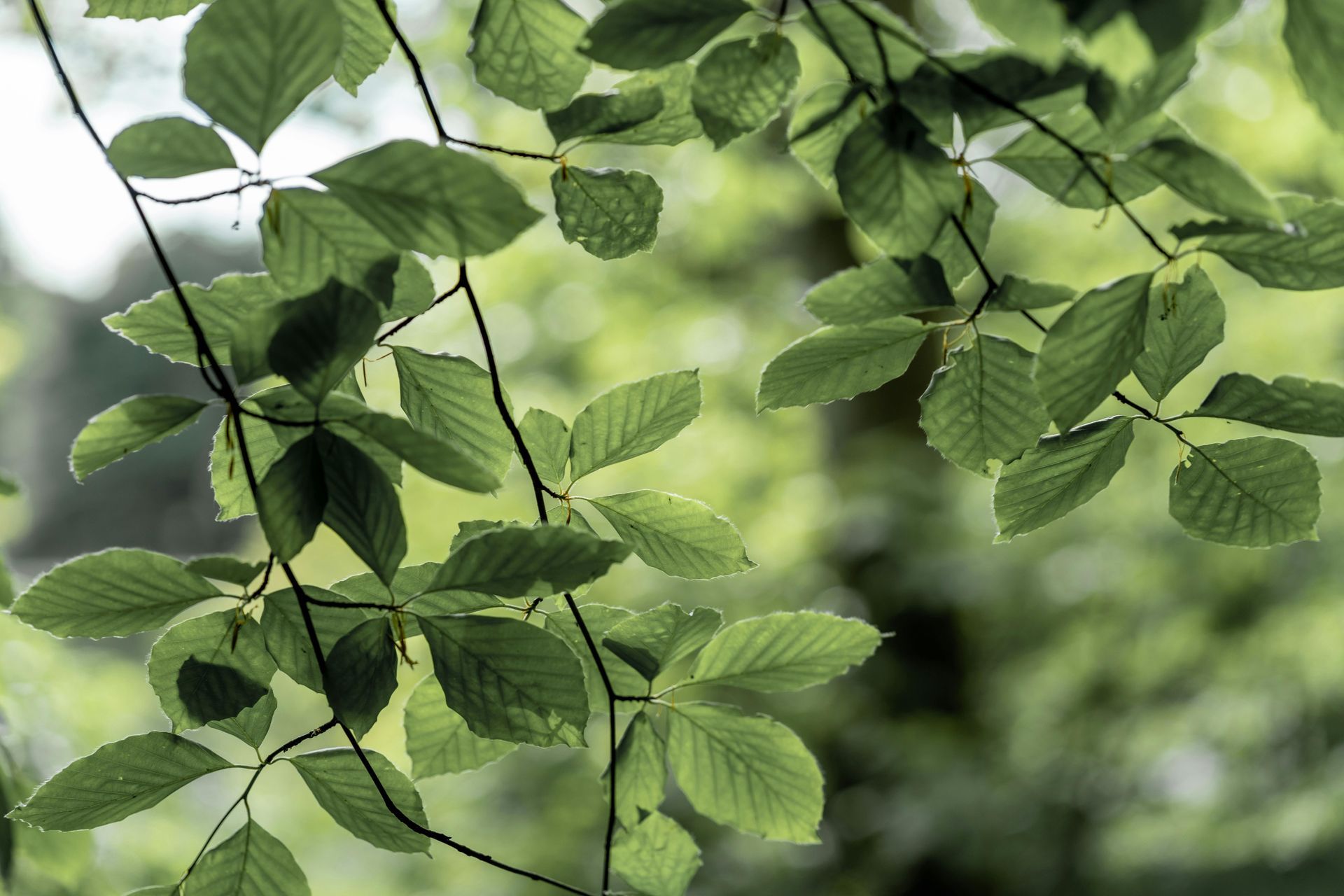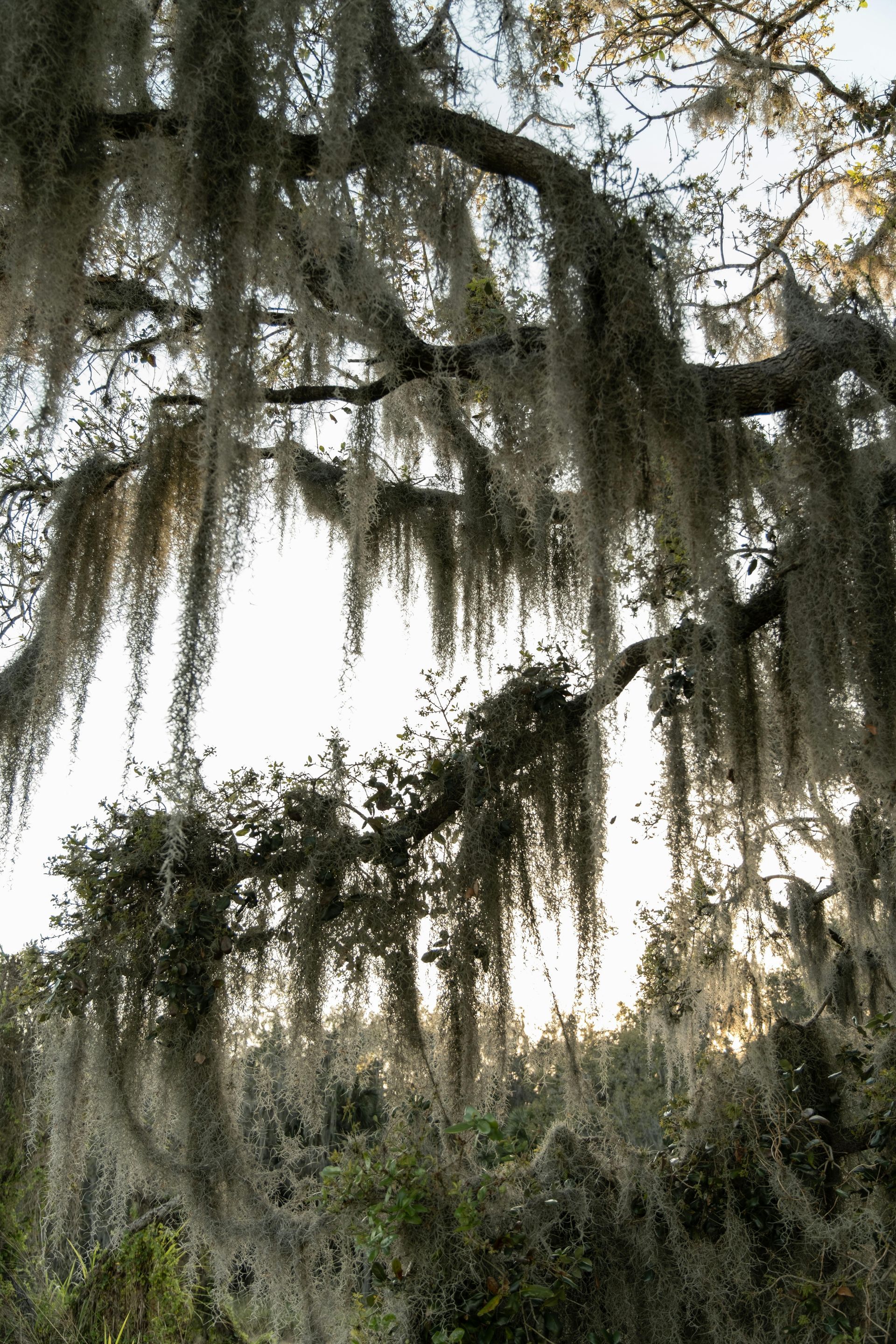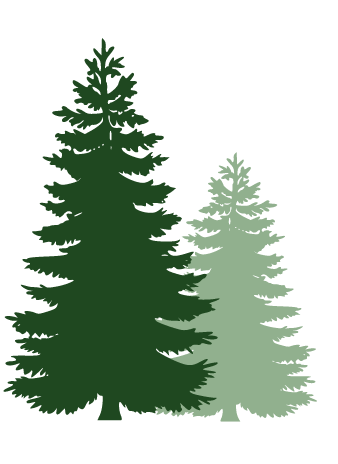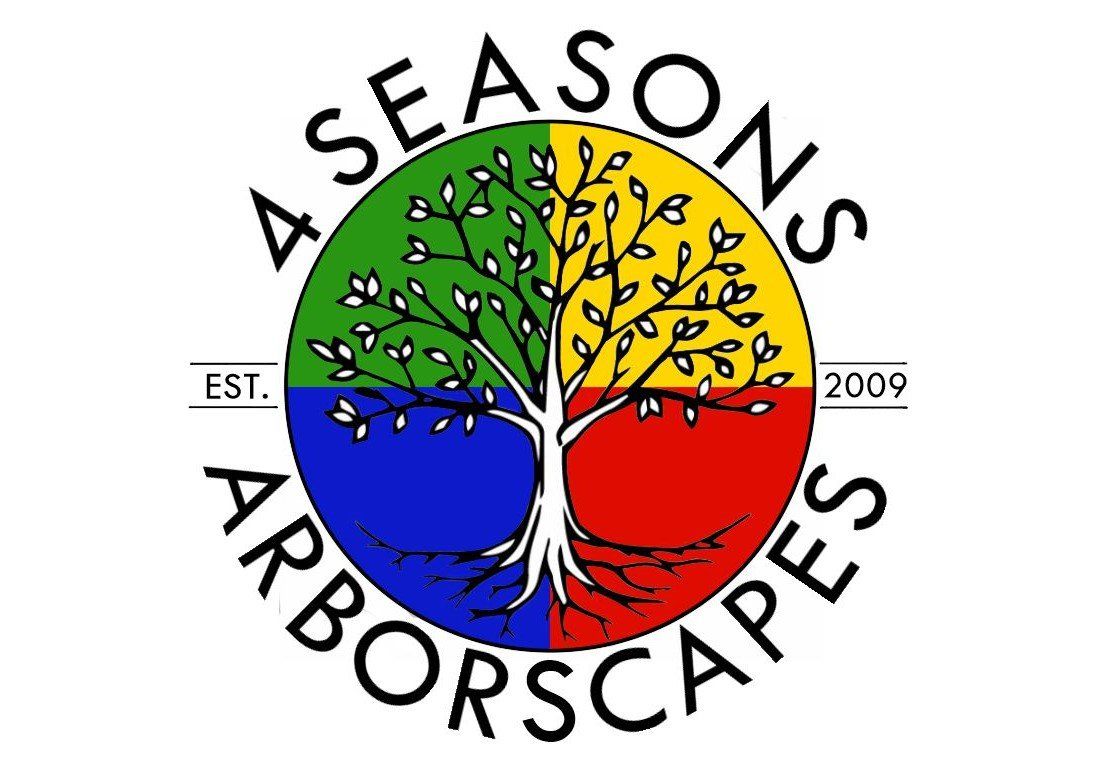The Best Ways to Manage Falling Leaves
Quick overview (TL;DR)
- Mulching in place — mow or chip leaves into small pieces and leave them on the lawn/bed. Fast, cheap, good for soil; may mat if left in very thick layers.
- Bagging & removing — rake or vacuum leaves into bags for curb pickup or landfill. Clean-looking yard and easy for heavy clutter, but wastes resources and removes nutrients.
- Composting — turn leaves into leaf mold or blended compost. Best for soil-building, conserves nutrients, but takes space, time, and some effort.
Which to choose depends on yard size, tree type/density, lawn health, local rules, how much time/space you have, and whether you want to support wildlife and soil health.
1. Mulching leaves (leave them where they fall)
What it is
Shredding leaves into small pieces (with a mower, mulching mower, or chipper) and leaving the shredded material on the lawn or under trees/shrubs.
How to do it — step-by-step
- Tools: mulching mower or regular mower (with a mulching blade), leaf mulcher/chipper-vac, rake (optional).
- Timing: mow when leaves are dry for clean shredding. Multiple passes often work better than one heavy cut.
- Technique:
- Set mower deck a little higher for the first pass if leaves are thick.
- Make 1–3 passes until leaves are shredded to roughly 1–2 inch pieces (smaller pieces blend into grass/topsoil faster).
- For beds and under shrubs, use a chipper or leaf mulcher and scatter a thin layer (1 inch or less) or use shredded leaves as a light mulch.
- Aftercare: If you see matting (wet, dense layers that block light), rake lightly and remove excess. Otherwise, leave it — shredded leaves will break down over weeks–months.
Tools & supplies
- Mulching mower or mulching kit/blade
- Leaf mulcher / chipper (optional)
- Push broom/rake for edges
- Safety gear for chippers (goggles, ear protection, gloves)
Pros
- Returns nutrients and organic matter to soil.
- Improves soil moisture retention and reduces erosion.
- Saves time and disposal costs.
- Good for lawns if leaves are shredded small.
Cons / drawbacks
- Whole, thick layers can smother grass and create fungal/matting problems.
- Not ideal if your lawn already struggles with shade or disease.
- Some municipalities forbid leaving leaves in the street or require removal.
Ecological impact
- Generally beneficial: supports soil life, reduces need for fertilizers, and reduces greenhouse gas from hauling/landfills.
- Leaving some leaf litter supports overwintering insects and ground-nesting bees — good for biodiversity.
2. Bagging (raking, vacuuming, municipal collection or curbside disposal)
What it is
Collecting leaves into bags (paper or plastic, depending on local rules) and removing them for pickup, transfer to composting facilities, or landfill.
How to do it step-by-step
- Tools: leaf rake, leaf blower (optional), vacuum-leaf collector, tarps, sturdy yard bags (paper preferred for composting).
- Technique:
- Rake into windrows or onto a tarp.
- Transfer to bags. If using curbside pickup, follow municipal rules (bag type, pickup schedule).
- For hauling to a drop-off or municipal compost facility, keep leaves dry and contained.
- Disposal options:
- Municipal yard waste collection (often the best option if local composting is available).
- Take to municipal compost drop-off or commercial composter.
- Landfill (least desirable environmentally).
Tools & supplies
- Rakes and tarps
- Leaf blower / vacuum
- Paper leaf bags (if required)
- Gloves, kneepads
Pros
- Immediate clean look; removes heavy build-up and matting.
- Good if leaves are contaminated (heavy pesticide residue, weeds with seed heads, or dropped fruit rot).
- Necessary if local regulations require removal or curbside pickup is convenient.
Cons / drawbacks
- Removes carbon and nutrients from the site unless leaves are composted elsewhere and reapplied.
- If sent to landfill, they can produce methane if not composted properly.
- Time and physical labor: raking and bagging can be physically demanding.
- Cost: bags, pickup fees, or dumping fees.
Ecological impact
- Net negative if leaves go to landfill. Neutral to positive if leaves go to municipal composting and return as compost to the landscape.
- Bagging also removes habitat for insects and small wildlife.
3. Composting (leaf mold, backyard compost, hot composting)
What it is
Turning leaves into a stable soil amendment. Two main products:
- Leaf mold: slow decomposition largely by fungi, produced from mostly leaves left to break down (takes 6–18 months).
- Compost: mixed leaves (“browns”) and nitrogen-rich materials (“greens”) hot-composted into finished compost in weeks–months.
How to do it — methods & steps
A. Leaf mold (low effort)
- Pile leaves in a corner or use wire bins — loosely pile to allow airflow.
- Keep pile damp but not soaked.
- Wait 6–18 months; turn occasionally if desired.
- Result: crumbly, dark leaf mold excellent for soil structure and water retention.
B. Cold (passive) composting leaves
- Mix leaves with other yard waste and kitchen scraps in a pile or bin.
- Layer greens and browns; keep moist.
- Turn occasionally; finish in 6–12 months.
C. Hot composting (faster, more active)
- Aim for C:N ~25–30:1. Leaves are high-carbon (“browns”). Add nitrogen-rich materials (grass clippings, kitchen veggie scraps, manure) to reach balance. To learn more about browns and greens, check out our blog on composting.
- Build a pile at least 3×3×3 feet.
- Keep moist but not wet (like a wrung-out sponge).
- Turn every 1–2 weeks to aerate; maintain temperature (ideally 120–160°F) for faster decomposition and pathogen/seed kill.
- Finished compost in ~2–4 months if managed well.
Tools & supplies
- Compost bins or wire enclosures
- Shredder (optional — shredded leaves compost faster)
- Pitchfork, compost thermometer (optional)
- Brown (leaves) and green (grass, kitchen scraps) sources
- Water source or tarp to cover piles in heavy rain
Pros
- Produces valuable soil amendment — improves structure, water retention, and microbial life.
- Keeps organic matter out of landfills and returns nutrients to soil.
- Leaf mold is excellent for mulching, seed starting mixes, and improving sandy soils.
Cons / drawbacks
- Takes space and patience (leaf mold is slow; hot composting requires active management).
- Might attract rodents if kitchen scraps are used and not properly managed — can be mitigated.
- Requires initial setup (bins, location) and regular turning for hot composting.
Ecological impact
- Positive: sequesters carbon in soil, reduces landfill methane, supports healthy soil ecosystems, and lowers need for chemical amendments.
How to choose: practical factors to consider
Use these factors to match a strategy to your yard and tree situation:
| If you have... | Then... |
|---|---|
| A small lawn with one or two trees: | Mulching in place is often best |
| Large trees that drop tons of leaves: | A mix -- mow/mulch some, compost a portion, bag if necessary |
| Lots of shade or thin grass: | Avoid heavy leaf layers on grass; compost or remove excess |
| Flower beds & native planting areas: | Mulch or shred leaves and leave them there; they feed soil and support pollinators |
| If you want... | Then... |
|---|---|
| Low time and effort | Mulch with a mower |
| To invest some effort and time | Compost (best long-term payoff) |
| Immediately clean and manicured look | Bag or vacuum |
| To use little to no space for debris storage | Mulching or municipal collection |
| To use more space to store debris | Composting is recommended |
Additional considerations:
Local rules & services
- Check municipal leaf collection and composting programs. If your town composts yard waste, bagging to curbside compost can be ecologically smart.
- Some cities prohibit leaf burning or leaving leaves in streets.
Wildlife & ecological priorities
- Want to help pollinators and birds? Leave some leaf litter in sheltered spots.
- Concerned about pests/disease? Bagging may be safer if leaves are disease-ridden (e.g., certain fungal infections); don’t compost diseased leaves unless your compost reaches temperatures that reliably kill pathogens.
Aesthetic & safety concerns
- Dry, dusty leaf piles can aggravate allergies. Dampening leaves before handling helps.
- Slippery sidewalks/driveways? Bag or remove from those high-traffic areas.
Practical tips & troubleshooting
- Shred for speed: shredded leaves break down far faster than whole leaves. A mower with multiple passes or a leaf shredder reduces matting.
- Thickness rule: avoid leaving more than ~½–1 inch of shredded leaf layer on lawn; thicker than that and grass may be smothered.
- Use leaf mold: leaf mold (pure leaves) is superb for improving structure and water-holding capacity; mix into planting holes or spread onto garden beds.
- Compost ratios: aim for ~25–30:1 carbon:nitrogen for hot compost. Leaves are high-carbon; add greens (grass clippings, kitchen scraps) to speed things up.
- Disease caution: if leaves are from trees with serious diseases (e.g., oak wilt, certain fungal pathogens), consult local extension guidance. Often, burning/landfill is discouraged, and hot composting at high temps may be required.
- Wildlife-friendly approach: keep an un-mulched 2–3 foot strip under native shrubs or a corner of the yard for overwintering insects and amphibians.
- Storage: keep compost bins on level ground near water source, but out of direct drainage paths.
Frequently asked questions
Will mulching leaves cause thatch or damage to my lawn?
Not if leaves are shredded small and applied thinly. Whole, dense leaf layers can smother grass.
Can I compost diseased leaves?
Only if your compost pile reaches and maintains high temperatures (120–160°F) long enough to kill pathogens; otherwise, bag and dispose according to local guidance.
Is it better to bag leaves for municipal composting than to compost at home?
If your municipal composting program turns leaves into finished compost that’s returned to the community, curbside collection is often the easiest and environmentally sound option.
Final recommendation
Mulching: low cost (if you already have a mower), and a small amount of time and effort.
Bagging: moderate to high cost, moderate to high time and effort.
Composting: low to moderate cost, high up-front time and effort but passive benefits long-term.
For most residential yards, a combined approach wins: mulch the majority of leaves with a mower, compost or make leaf mold from a portion, and bag only the excess or diseased material or where local rules require it.
This gives you the fastest yard maintenance with the best ecological outcome.
Check out the latest:
